Toucan’s Nest
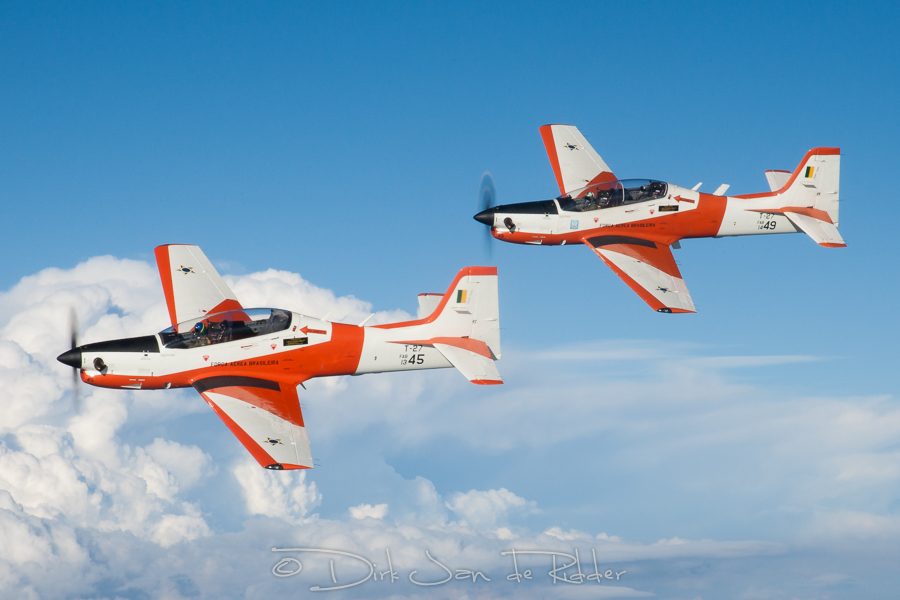
Every year thousands of candidates apply for admission to the Academia da Força Aérea (AFA, Air Force Academy). Only some 200 of the best candidates are selected. During my visit in October, 759 cadets were being trained at AFA including nearly 500 aviators (18 of which were females). After four years of studying, cadets leave with a bachelor and master’s degree. The courses include several exercises in basic ground combat and command and leadership, as well as emergency parachute jumping (in the first year), sea survival training (second year) and jungle survival training (third year).
Due to increasing demands in recent years, the AFA has trained more students than ever before and the need for additional instructor pilots arose. Transferring them from frontline squadrons would only shift the problem, so in 2009 it was decided to start accepting reserve officers as instructor pilots. Squadron operations may now be commanded by a major or lieutenant colonel with very experienced reserve colonels as their subordinates training the students to fly.
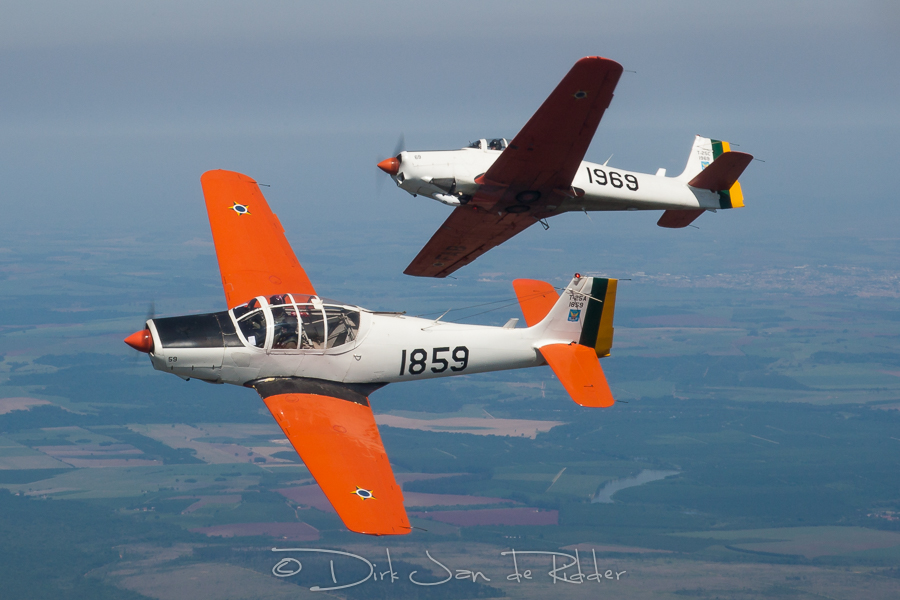
The course taken by future pilots is regarded as the most difficult and demanding officer formation course of all Brazil’s armed forces. Cadets adhere to very strict daily timetables. Those scheduled for a morning flight or a simulator ride wake up as early as 4:30, while the others wake up at 6:00. After discussing the flight schedule, briefings commence at 6:00 with the first takeoffs an hour later. Non-flying cadets start their classes at 7:00. For both groups, the morning program ends by 11:30 with a daily marching parade performed by all cadets. After lunch, classes and flights continue from 13:30. Physical fitness training is scheduled between 16:20 and 18:00, after which they can have dinner. Only by 20:00 there is some time for a bit of leisure, but many cadets opt to study or prepare for the next day’s flight.
Cadets typically fly from mid January until the beginning of October. From May to July, winter weather may cause some flights to be cancelled due to fog in the morning, but otherwise the climate is pretty much ideal for flying. Cadets typically stop flying by the time the rain season starts in October, so this aspect of Brazil’s climate hardly forms any problems. Pirassununga is the Brazilian Air Force’s busiest airbase and very likely that of whole South America, with 200 takeoffs and landings every day. Only four international airports handle more flights in Brazil.
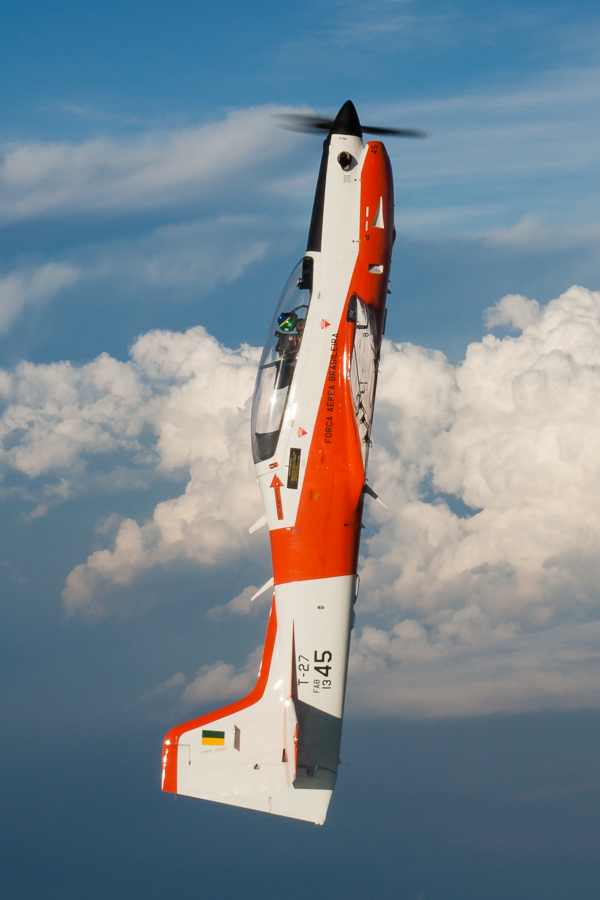
During my visit, cadets had already stopped flying but still up to a hundred flights were made each day by instructor pilots, foreign students and Brazilian Navy lieutenants who come to Pirassununga purely for flight training before moving to the United States for carrier qualifications. Brazilian Army pilots used to be trained at the AFA as well, but not anymore. Foreign students come from all over Central and South America, but from countries like Nigeria, Pakistan and Portugal as well. They either take the complete officer course or, in case they have already completed officer training in their own country, they follow a shortened course focused only at flight training.
Every Brazilian Air Force pilot has been trained at Pirassununga, so they all have a special bond with the Air Force Academy. One instructor described the academy as the perfect place to make many friends and build a big network in the pilot community. Instructor pilots arriving at Pirassununga will work with some of their previous instructors or fellow cadets, and when they return to an operational squadron, they will be welcomed back by the students they once learned to fly. Instructor pilots (IPs) have great memories about their time as a cadet, but none of them would like to do it all over again.
Before they are accepted as an IP, they generally need about 2 to 3 years of operational experience. Their backgrounds vary as much as the future careers of the cadets they train. Some have many years of experience flying the A-29 Super Tucano over the most remote places of the Amazon, others have been patrolling Brazil’s borders for drug traffickers in an Embraer E-99 (the airborne early warning variant of the ERJ-145). Several instructors have stayed at the academy all their career, acquiring well over 3000 hours of instruction. Every 100 hours of instruction flights earns them a star on their flight suit, so the most experienced instructors are easily recognised, although some prefer not to wear them.
During the second and fourth year, cadets fly the T-25 and T-27. Cadets are divided into four flights (esquadrilhas) named after constellations. The esquadrilhas of 2 EIA (Esquadrão de Instrução Aérea – Flight Training Squadron) operating the T-25 Universal are named Aquila, Centaurus, Leo and Orion. The T-27 Tucano squadron, 1 EIA, consists of Antares, Castor, Sirius and Vega. Most instructor pilots are assigned to one or two of these esquadrilhas, only a handful of instructor pilots actually fly with students from all flights.
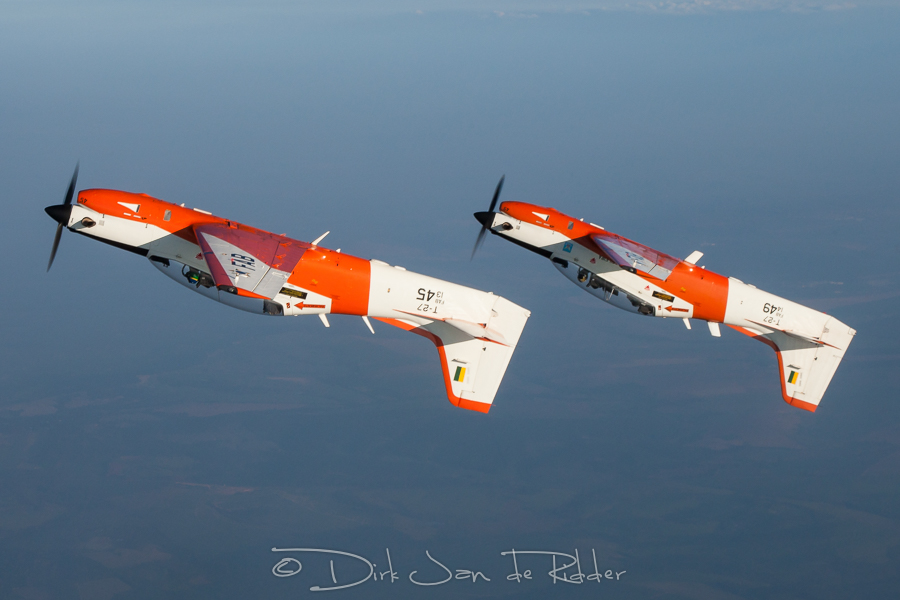
Cadets start flying the Neiva N621 Universal, designated as T-25 by the Brazilian Air Force, for about 50 hours during five months in their second year at the academy. The aircraft is powered by a Lycoming O-540 300 horsepower engine and features side-by-side seating, which is perfect for primary flight training. 1 EIA operates a variety of T-25A and T-25C airframes, both of which are quite similar. The main difference is that the T-25C is equipped with some different avionics, making it more suitable for navigation training flights.
The primary course is subdivided into pre-solo, manoeuvers and aerobatics, formation flight and navigation. Each phase comprises training flights with an instructor and is finished off with one or several solo flights. What makes the AFA unique is that cadets go solo as early as after only 13 flight hours. This is a major hurdle for many cadets. In order to select only the very best pilots, about one third of them are eliminated during the course, most of them during pre-solo on the T-25. Cadets are normally allowed to stay at the AFA if they continue a non-flying course, but many of them only wanted to become a pilot so they leave.
The T-25 has been in service for over 40 years, but it is still doing a good job. It is cheap to fly and easy to maintain. It has a very sturdy landing gear, making it ideal for primary flight training. Spare parts are also plenty available. The maintenance team’s target is to always have 60% of the airframes available for flight, but on rare occasions -including a week before my visit- all 42 aircraft are available for flight at the same moment. There are no plans to replace the aircraft, because there is no need to. The T-25 is a very simple aircraft without any advanced technologies or high tech instruments, but that is all one needs to assess and train pilots.
Unless a cadet joins the voluntary gliding club, he or she will not log any flight hour during the third year at the academy. This is not very common in other countries and instructor pilots admit it is not ideal for students, but every year a sufficient number of pilots graduate from the AFA and that is what matters. Those who can’t handle the course, simply aren’t considered good enough. At the end of the third year cadets do start to prepare to fly the T-27 by following classes by studying the cockpit environment and by learning all the procedures. After the summer holiday, during which they continue to study, they arrive back at Pirassununga ready to start flying. They log nearly 110 hours over the course of nine months, learning more complex aerobatics, formation flights with up to 4 aircraft, IFR navigation and night flying. At the end, each student makes a 14-hour navigation trip to Natal in northern Brazil and back before graduating from the academy.
A full report appeared in several magazines, including in Air Forces Monthly:


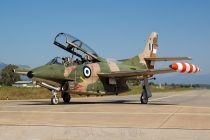
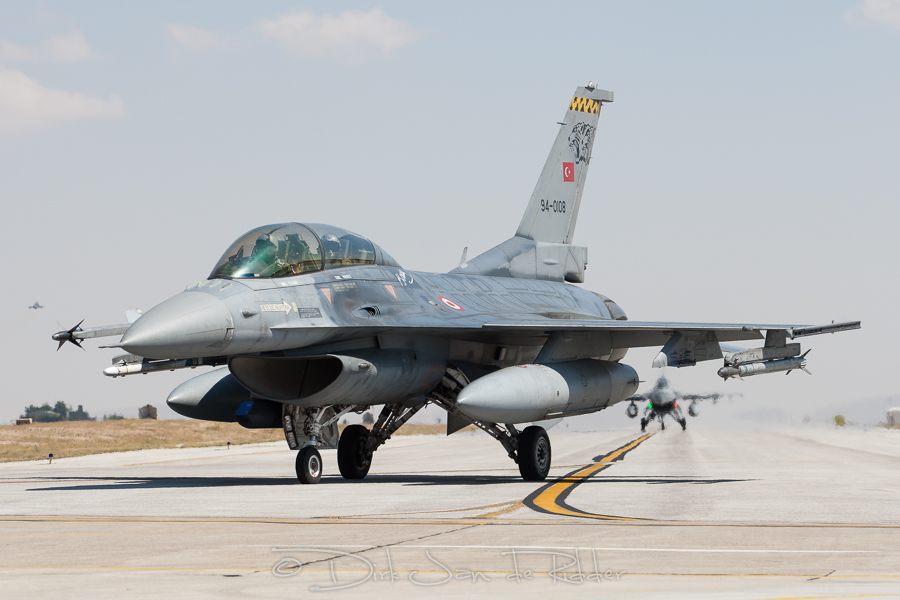
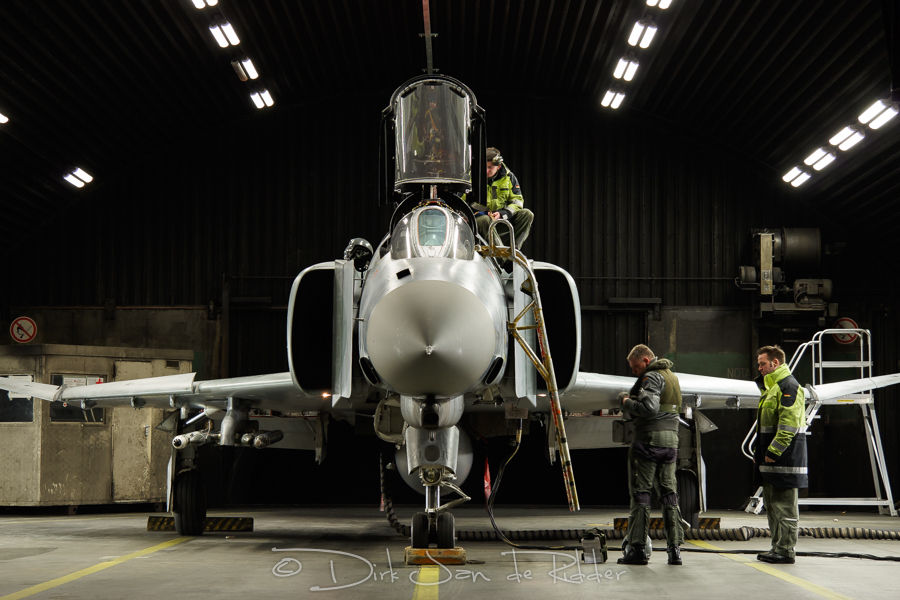

Comments are closed.